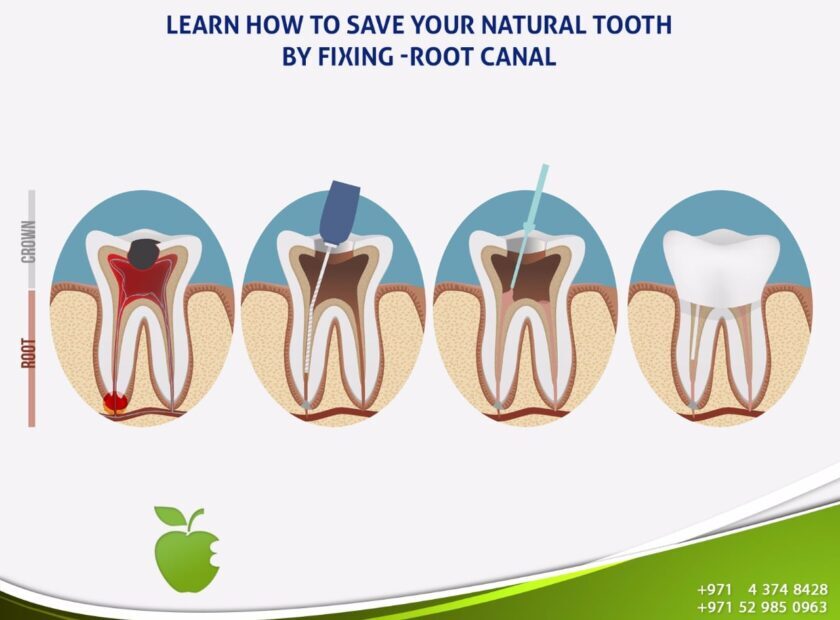
Step-by-Step Guide to the Root Canal Treatment Process
Root canal treatment, also known as endodontic therapy, is a dental procedure commonly employed to save an infected or damaged tooth. Here’s a detailed, step-by-step guide to help you understand the process and alleviate any concerns you might have about the procedure.
A root canal treatment, when suggested by a dentist, can often unnecessarily evoke anxiety in patients. However, understanding the process allows for easier decision-making and can assuage fears associated with the procedure. Essentially, a root canal treatment is designed to save your natural tooth and alleviate pain caused by infection or inflammation.
Step-by-Step Guide to Root Canal Treatment
- Consultation and Diagnosis: If you experience symptoms like severe toothache, prolonged sensitivity to heat or cold, or gum swelling, consult your dentist, who will carry out a thorough examination and identify if a root canal treatment is necessary.
- X-ray and Anesthetic Application: Once the root canal treatment is confirmed, your dentist will take X-rays to have a clear view of the tooth and its roots. Afterward, local anesthesia will be administered to numb the area, ensuring a pain-free procedure.
- Access Hole Creation: The dentist creates a small access hole in the tooth’s enamel to remove the infected or inflamed pulp, which comprises blood vessels, nerves, and connective tissue, from the root canals.
- Cleaning and Shaping: Special dental instruments are used to clean the infected root canals and shape them to receive the filling material. A thorough cleaning is essential to prevent reinfection.
- Irrigation and Drying: The root canals are flushed with an antibacterial solution to remove any residual bacteria or debris. Then, the canals are dried using absorbent paper points.
- Filling and Sealing: Gutta-percha, a rubber-like material, is used to fill the cleaned root canals, and a sealer paste is employed to ensure a tight seal. This step prevents any future infection or leakage.
- Temporary or Permanent Filling: A temporary or permanent filling material is placed in the access hole to close the opening.
- Crowning the Tooth (if required): In some cases, a dental crown may be recommended to protect the treated tooth and improve its function, especially when the tooth suffers a considerable loss of structure.
- Postoperative Care: After the root canal treatment, it’s crucial to maintain good oral hygiene, including regular brushing, flossing, and routine dental check-ups, to ensure the long-term success of the procedure.
Conclusion
A root canal treatment can save your natural tooth while eliminating pain and discomfort caused by tooth inflammation or infection. Understanding each step in the process can help you overcome any apprehension and ensure you receive the appropriate care for your dental needs. Reach out to a trusted dental professional to address your concerns and inquire further about the root canal treatment process.






